Jobsite radio purchasing advice: how to choose the right product
- What You Need to Know
- Construction site radios are specially designed for use on construction sites or in workshops.
- The radios are very robust and insensitive to dust, splash water and minor vibrations.
- In addition to analogue radios, there are also digital receivers.
- They usually have a rechargeable battery, but can alternatively be operated with replaceable batteries.
Robust and reliable: The construction site radio
On a construction site, the noise of a radio can often be heard in addition to the conventional noise of the work equipment. Music and news thus accompany the everyday life of many construction workers and hobby craftsmen. Often, old, discarded radios that are already in poor condition are used for this purpose, so that any damage to the device caused by everyday construction work is not noticeable. The rough environment on a construction site or in a workshop can quickly cause a radio to reach its limits. A robust construction site radio is therefore the better alternative from the outset. Even dust, splash water and vibrations cannot harm it.
What exactly is a site radio?
A construction site radio is essentially a conventional radio that is, however, much more robust due to certain materials. This means that it can cope with the challenges of everyday life on a building site or in a workshop. Dust, splashing water and falling objects are not uncommon there – accordingly, different demands are placed on a construction site radio than on a standard model. Not only is it resistant to knocks and falls, but thanks to large control elements and a clear display, it is easy to operate despite protective goggles and work gloves.
Areas of application for a construction site radio
Due to its special features, a construction site radio is suitable for many different applications. It is perfect for any place where work is being done. Besides construction sites, these include workshops and garages. Due to the similar conditions, a construction site radio is optimally equipped for these circumstances. It is also an advantage when travelling, camping or in the garden. After all, the technology is protected in the best possible way against sudden rain, liquids, dust and earth as well as falls and shocks.
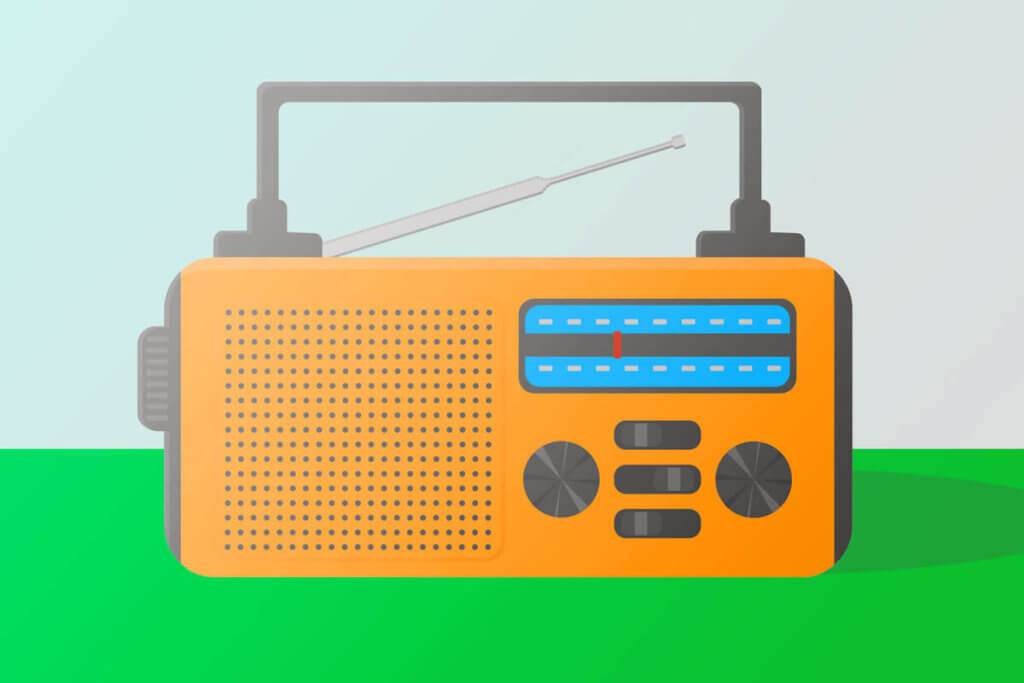
How is a construction site radio constructed?
A site radio has to withstand a lot. Above all, the electronics should be optimally protected. To ensure that it can withstand shocks, all models have a shock-resistant housing. Many radios are equipped with a plastic or metal frame. Some also have a roll bar. This protects them not only against shocks, but also against falling from a low height. The speakers are often fitted with a matching grille made of metal or solid plastic. This shields the speaker’s sensitive membrane from flying splinters or similar solid objects. In addition, the antenna is flexible so that it does not break off in the event of a fall.
To keep moisture out, all buttons and switches are rubberised and fitted with suitable seals. The IP protection class expresses how waterproof a construction site radio is. The value is made up of two digits: The first indicates how well the device is protected against foreign bodies and external influences, while the second provides information about protection against water. The IP value for water protection should be at least three.
Acquisition costs
Prices for a construction site radio start at around 50 euros. For this you get a simple, rather small device. More robust models with additional functions, on the other hand, cost at least 100 euros. However, the most expensive radio is not always the most powerful.
What is important when buying a construction site radio?
When buying a construction site radio, you should pay particular attention to the robustness of the equipment. The IP protection class is the most important factor. As with a conventional radio, the radio reception, the power and the available interfaces are also important. Last but not least, user-friendliness, weight and dimensions are among the relevant purchase criteria.
IP protection class
The IP protection class of a construction site radio indicates how well it is protected against foreign bodies and impacts as well as penetrating moisture. Since construction site radios can come into contact with splashing water and are exposed to shocks, the IP value should be correspondingly high. IP54 is now considered standard by many manufacturers. These radios are protected on all sides against dust and splash water.
Radio reception
There are construction site radios with analogue and digital reception. Despite the advance of digital radio reception, many radios with analogue FM reception are still manufactured and used today. FM reception is sufficient if you mainly listen to local radio stations. However, if you use the radio in a place where reception is poor, a digital version is a better choice. Digital radio is known as “Digital Audio Broadcasting”, or DAB for short, and “Digital Audio Broadcasting+”, or DAB+ for short.
Especially in rural regions, the advantage of digital reception becomes apparent. It is more powerful and therefore usually offers significantly better sound quality. In addition, even international radio stations can be received with the high-quality models. Another advantage: radios with digital reception can often receive several stations on the same frequency. But there are also disadvantages: not all radio stations can be received digitally.
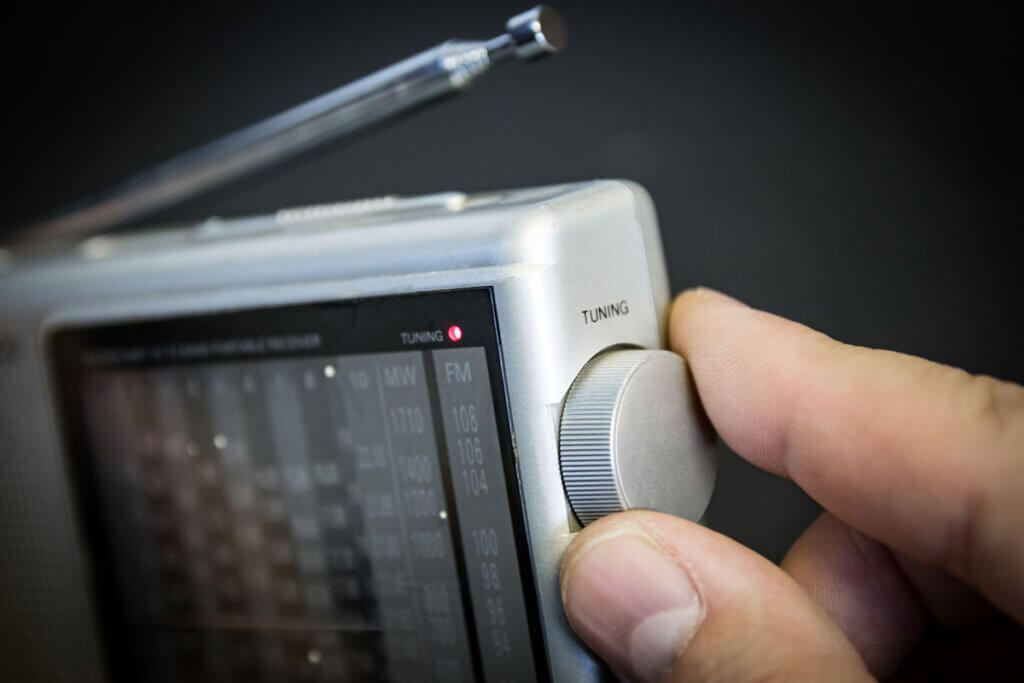
Power
The rated power of a construction site radio is given in watts. Small devices, for example, have an output of about one watt. This makes them more suitable for individual rooms. Some models have an output of up to five watts. If the radio has two loudspeakers, their individual power is indicated. However, twice as much power does not mean that the radio is twice as loud. With each doubling of the power, the radio becomes three decibels louder.
Operating mode
A radio with battery or rechargeable battery operation is always useful, because not every construction site has working power sockets nearby. Even if you want to use the radio when camping or in the workshop, battery or rechargeable battery operation is recommended; either a power socket is not available or it is needed elsewhere. Some manufacturers offer their radios with both cordless and corded operation. When the battery does come into play, one thing is most important: its runtime. Most radios have a runtime of several hours, so they can be used for the entire working day with confidence.
Interfaces
The most common connection on a construction site radio is the USB port; this is used to charge the radio. You also have the option of connecting a mobile device to the radio. Some site radios have a docking station for this, so you can play music directly from your smartphone.
User-friendliness and functions
Some construction site radios have additional functions such as an alarm clock or timer. In addition, you can often store your favourite stations. The radios offer integrated memory slots for this purpose. Some site radios also have a display where you can see all the information. They can be operated using various buttons and controls. Touchscreens are not installed in construction site radios because the devices must also be operated with gloves and large control elements increase user-friendliness.
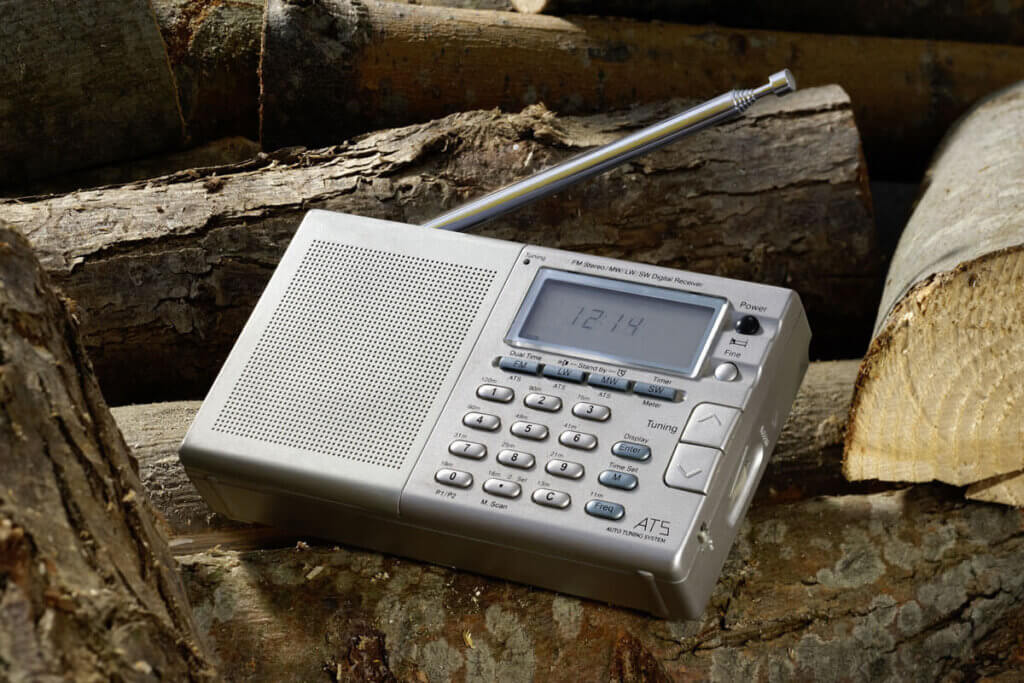
How big is a construction site radio?
There are relatively compact devices that are easy to transport and take up little space. The particularly small models are just 7 x 12 x 4 centimetres. Their performance and functions are limited due to the small size. Such devices are suitable for individual rooms or workshops. There are also much larger radios, which are usually more robust but bulkier. They have dimensions of 25 x 25 centimetres. Models in the shape of a cube are extremely handy despite their size.
How much does a construction site radio weigh?
A lightweight radio weighing about one kilogram is easier to transport than a larger model weighing four or more kilograms. Weight and dimensions are related to each other: the larger the radio, the heavier it is. The heavier radios are usually much more robust and come with several functions and interfaces. Light radios, on the other hand, are easier to handle and quicker to pack away.
Cleaning and care of a site radio
Construction site radios are exposed to certain environmental influences due to their location. For example, they have to withstand large amounts of dust and splash water as well as vibrations. To ensure that they function reliably for a long time, some care at regular intervals is recommended. Even if water or dust do little to harm the radio, you should occasionally wipe it down with a damp cloth.
Make sure that the cloth is not too wet and that the radio is disconnected from the power source or the battery is removed. Deep-seated dust on switches or buttons is best removed with a brush. Sometimes it helps to moisten the brush. But here, too, the rule is: less is more. Do not use washing-up liquid or chemical cleaners when cleaning. These include alcohol, thinner and petrol. They can damage the material, cause discolouration or even cracks in the housing.

How to improve the reception of your radio
Radio reception is not the same everywhere. It depends above all on where the construction site radio is used. Even with powerful devices, reception can sometimes be disturbed for various reasons. For the best possible radio reception, you should therefore consider the following points.
Placement of the radio
The radio should not be placed under a chair or table. The ideal location is outdoors, by a window or at least on an elevated position. Do not place electrical appliances in the immediate vicinity of the radio.
Checking the battery status
Check the battery level of the radio and recharge it if necessary. A low battery level reduces the reception performance.
Aligning the antenna
Align the radio’s antenna as best as possible. Some models have an extra-long throw antenna that can be attached to the wall with some tape, for example. This way you can guide the antenna to a place where reception is better, for example, to a place near a window or door. A throw antenna is thus much more flexible than a rigid version that can only be extended. If you cannot improve the antenna position, wrap some aluminium foil or alternatively copper wire around the antenna. In particularly poor locations, an antenna amplifier helps.

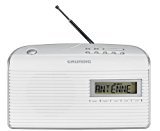
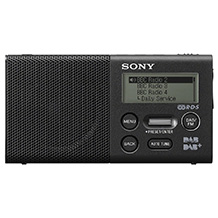
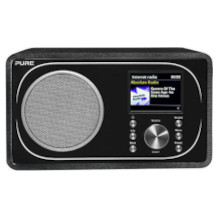
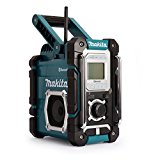
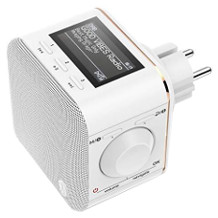
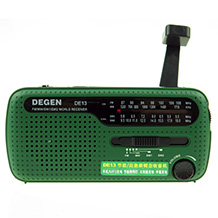
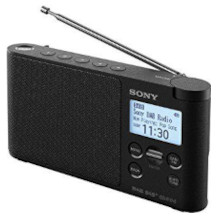



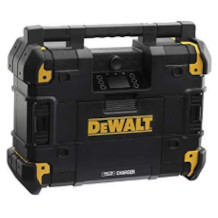




 1,228 reviews
1,228 reviews

